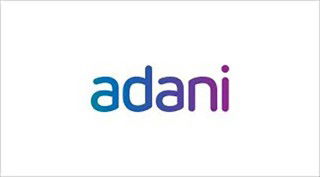Mercury emissions from the state’s largest cement maker are pitting the Michigan Department of Environmental Quality against Lafarge Midwest Inc of Alpena. The two sides were set to square off today in 26th Circuit Court in Alpena County, but the hearing was postponed until March reports the local Times newspaper
Robert Budnick, environmental and public relations manager for Lafarge, said the company is objecting to a new DEQ permit that would limit the amount of mercury released into the air by the factory to 390 pounds per year. Budnick said Wednesday the company feels the number is arbitrary since there has never been a study to show how much mercury is emitted by the factory or any prior limits on its mercury emissions. ’’We don’t have a problem with a limit, we just want it based on what is the capability of the plant and want it based on solid data,’’ Budnick said. Budnick said the plant wants to increase production from 2.7Mt of cement per year to 3.3Mt
But Mark Stephens of the DEQ’s Air Quality Division said the agency arrived at a 390-pound limit by testing samples of all materials used to make cement and then testing the final product to see how much mercury was retained after processing.
Budnick said the company’s own estimate is that it could generate up to 570 pounds of mercury a year under current plans to increase production by 20 per cent, he said. The actual figure could be lower, Budnick said, and Lafarge is waiting for results of emissions testing on its smokestacks to get a better idea of mercury amounts.
The DEQ monitored the recent stack tests and both sides have agreed to review the issue when the test results come back from a laboratory.
Budnick said mercury is a naturally occurring substance in materials, such as limestone, used to make cement. Mercury also is found in coal and coke burned by Lafarge for energy, he said. Lafarge’s efforts to increase production require modifying its air-quality permits, which triggered the new mercury limits, he said. The company wants to produce more cement to keep the plant competitive and preserve 250 jobs,
he said.
